Of all the SFA Awards, the Silver Snoopy best symbolizes the intent and spirit of Space Flight Awareness. An astronaut always presents the Silver Snoopy
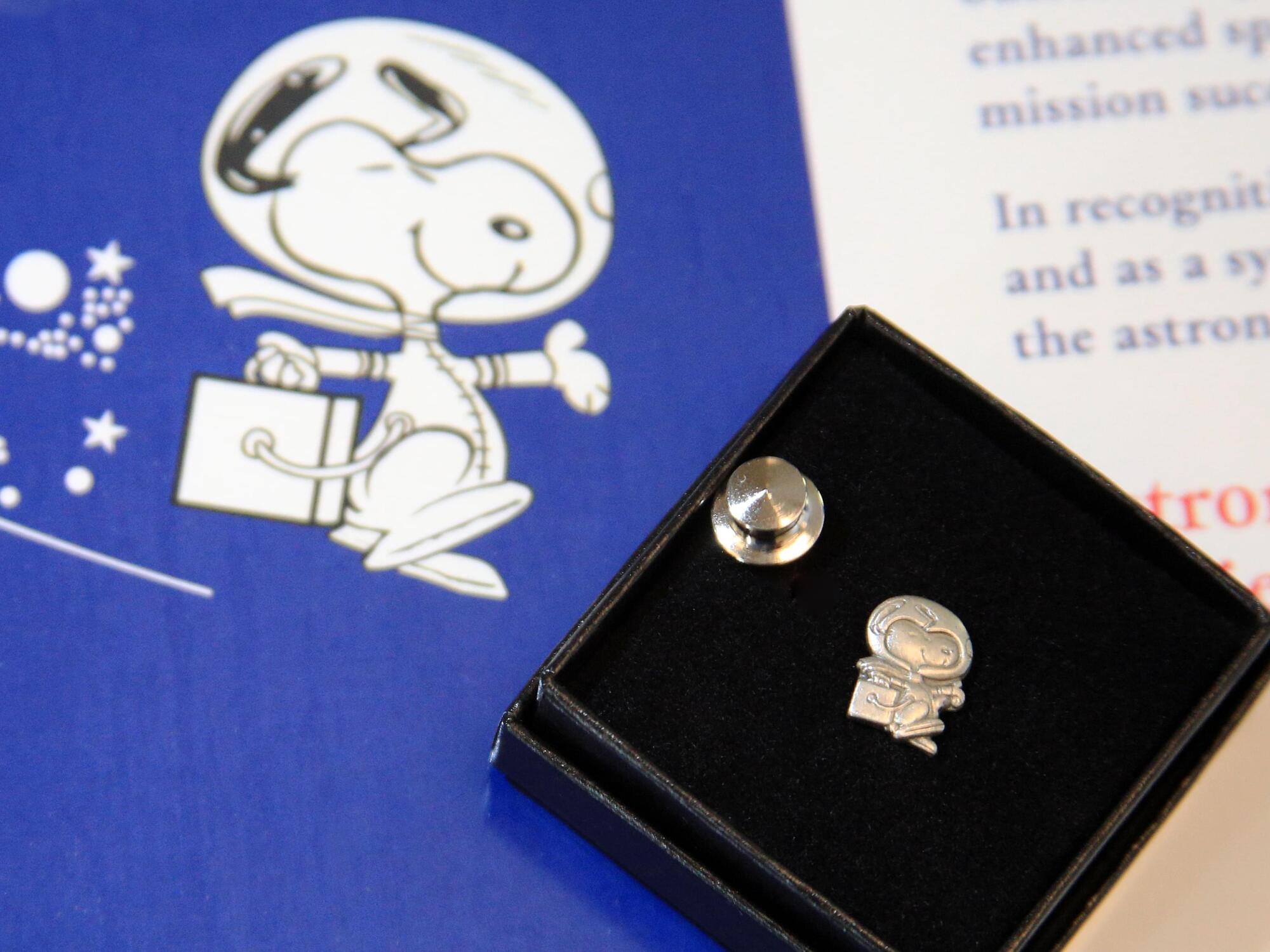

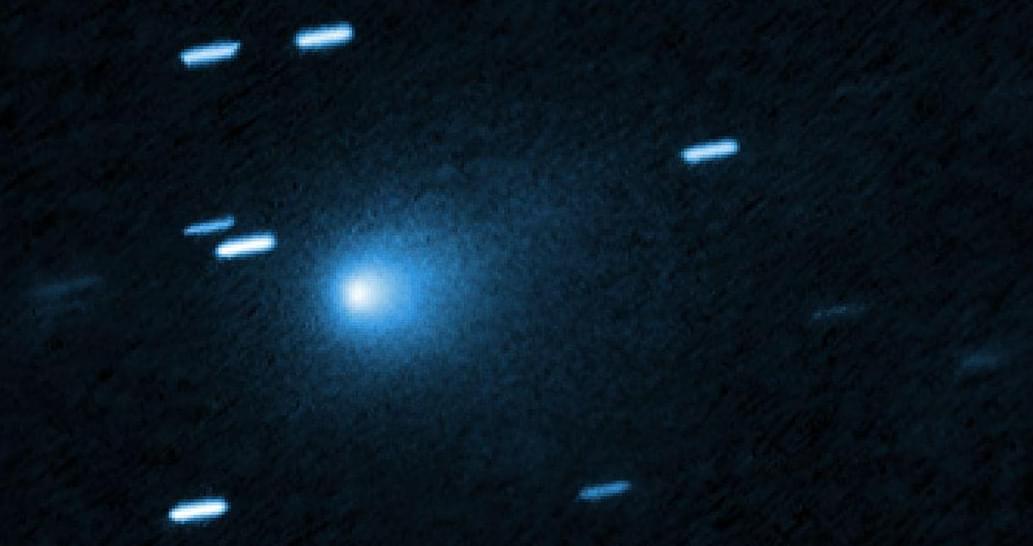
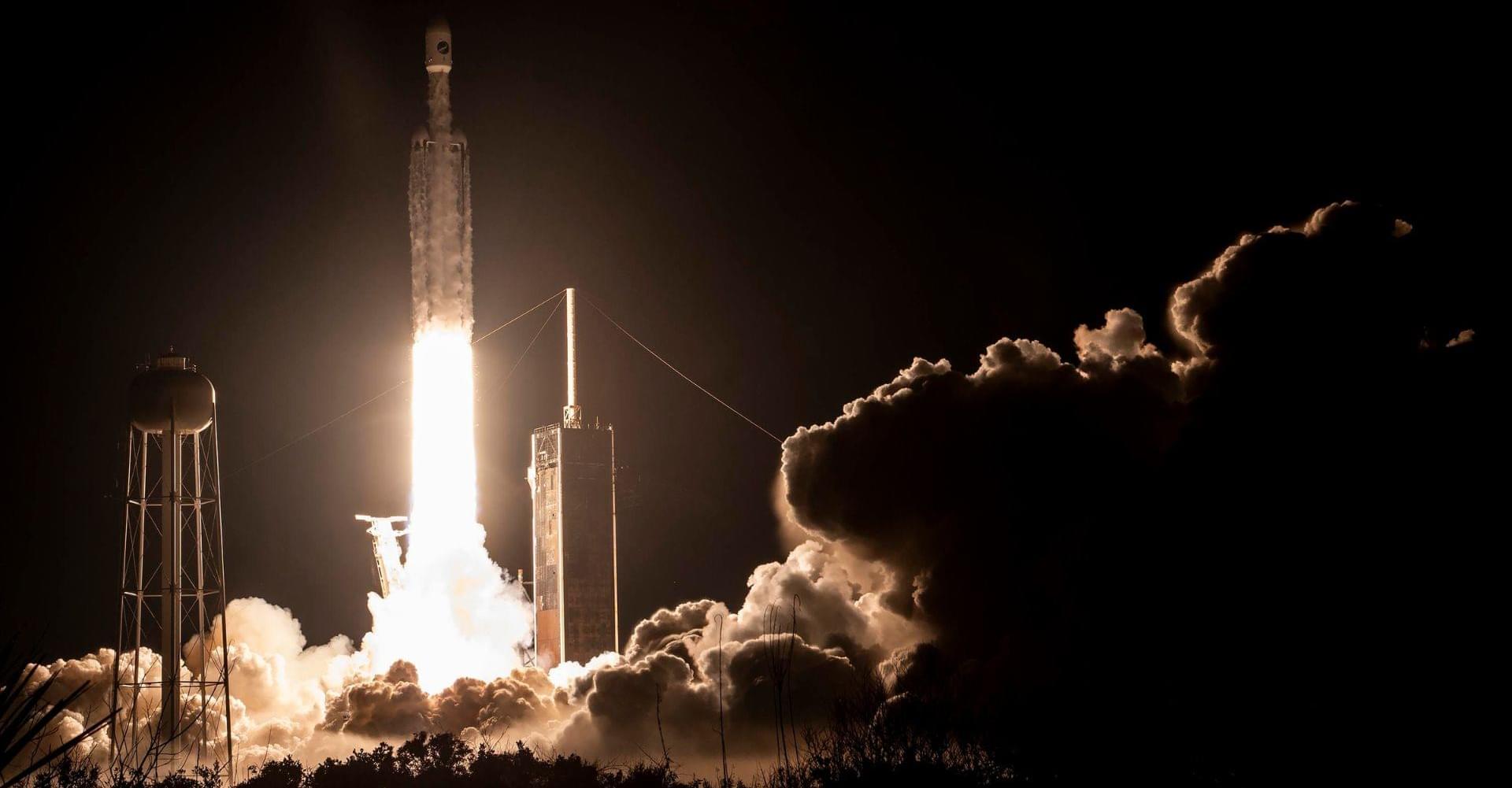
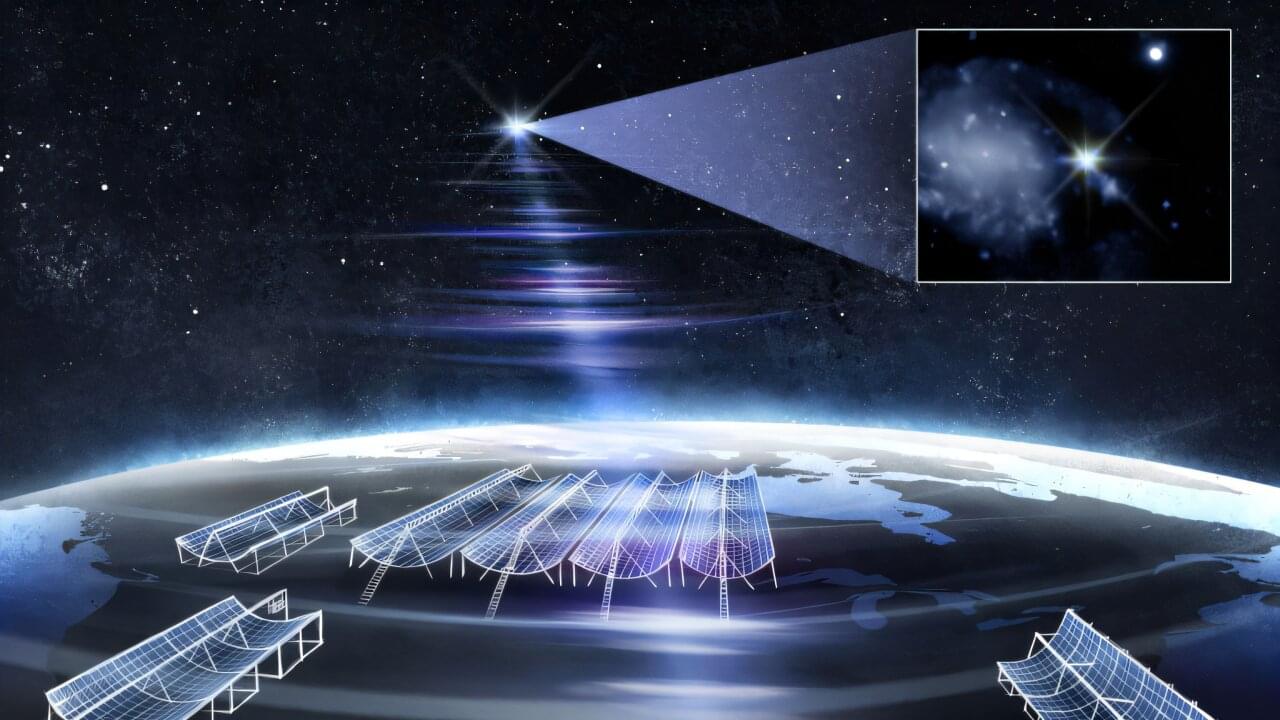
An international team of astronomers has observed one of the brightest fast radio bursts (FRBs) ever detected—and pinpointed its location in a nearby galaxy (NGC 4141). FRB 20250316A has been nicknamed RBFLOAT, which stands for Radio Brightest FLash Of All Time. The finding and the discovery of the location surprised the team and revealed new insight into FRBs, which are one of astrophysics’ biggest mysteries.
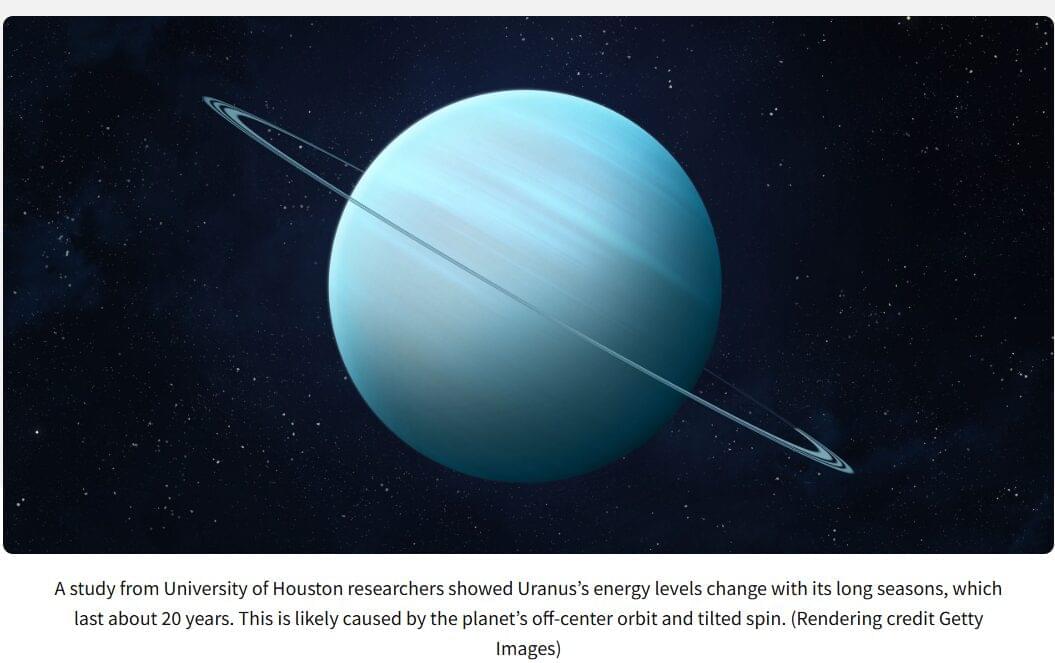
For decades, scientists puzzled over why Uranus seemed colder than expected. Now, an international research team led by the University of Houston has solved the mystery: Uranus emits more heat than it gets from the Sun, meaning it still carries internal warmth from its ancient formation. This revelation rewrites what scientists know about the ice giant’s history, strengthens the case for NASA’s upcoming mission, and offers fresh insight into the forces shaping not only other planets, but also Earth’s future climate.
A new study led by University of Houston researchers, in collaboration with planetary scientists worldwide, suggests Uranus does have its own internal heat — an advance that not only informs NASA’s future missions but also deepens scientists’ understanding of planetary systems, including processes that influence Earth’s climate and atmospheric evolution.
The discovery resolves a long-standing scientific mystery about the giant planet, because observational analyses from Voyager 2 in 1986 didn’t suggest the presence of significant internal heat — contradicting scientists’ understanding of how giant planets form and evolve.
What does it take to turn the Sun into a power grid? Discover the step-by-step path from asteroid mining to a star-spanning megastructure.
Watch my exclusive video Dark Biospheres: https://nebula.tv/videos/isaacarthur–…
Get Nebula using my link for 40% off an annual subscription: https://go.nebula.tv/isaacarthur.
Get a Lifetime Membership to Nebula for only $300: https://go.nebula.tv/lifetime?ref=isa…
Use the link https://gift.nebula.tv/isaacarthur to give a year of Nebula to a friend for just $36.
Visit our Website: http://www.isaacarthur.net.
Join Nebula: https://go.nebula.tv/isaacarthur.
Support us on Patreon: / isaacarthur.
Support us on Subscribestar: https://www.subscribestar.com/isaac-a…
Facebook Group: / 1583992725237264
Reddit: / isaacarthur.
Twitter: / isaac_a_arthur on Twitter and RT our future content.
SFIA Discord Server: / discord.
Credits:
Building a Dyson Swarm… from Scratch.
Written, Produced & Narrated by: Isaac Arthur.
Graphics: Bryan Versteeg, Jeremy Jozwik, Ken York Sergio Botero.
Select imagery/video supplied by Getty Images.
Music Courtesy of Epidemic Sound http://epidemicsound.com/creator.
Chapters.
0:00 Intro What Is a Dyson Swarm?
5:49 Gathering the Materials.
9:40 Proto-Swarm: Our First Steps.
13:05 Mining the Solar System.
14:33 Beyond Mercury: The True Scale of the Swarm.
19:10 Ghosts of Friendship Past.
20:34 Building Habitats: How Much Mass Do We Really Need?
27:42 The Long Dawn of a Stellar Civilization.
Moon’s time capsule: Apollo-era rock core sample tells tale of ancient landslide.
NASA intentionally set aside a significant portion of this haul for future study, a decision now paying off.
The rock core was studied using advanced micro-CT scanning to analyze its contents in fine detail, an imaging technology that didn’t exist when the samples were first brought back.
The new research focused on clasts, fragments broken off from the mountain during the landslide.
PromptFix exploits Comet AI browser via fake CAPTCHA, auto-filling credit cards and enabling phishing scams.

Free-floating, planetary-mass objects that are just drifting carefree through the galaxy, untethered and starless, appear to be able to generate their own systems of moons, like a planetary system on a miniature scale.
An analysis of new JWST observations on a number of rogue planets – each weighing between five and 10 Jupiters – has revealed the presence of disks with a significant proportion of crystalline silicate, just like those surrounding some baby stars right before their planets start to form.
“These studies show that objects with masses comparable to those of giant planets have the potential to form their own miniature planetary systems,” says observational astronomer Aleks Scholz of the University of St Andrews in the UK.
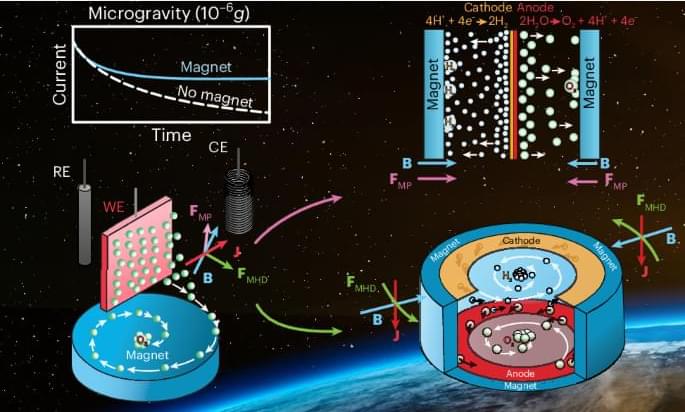
Electrochemical devices producing oxygen in space face limited buoyancy, hindering gas bubble removal and increasing reaction overpotentials. Now, it has been shown that commercial magnets can enhance the reaction efficiency and induce phase separation in microgravity. The optimized magnetoelectrochemical architectures developed here may guide the designs of future life-support systems.